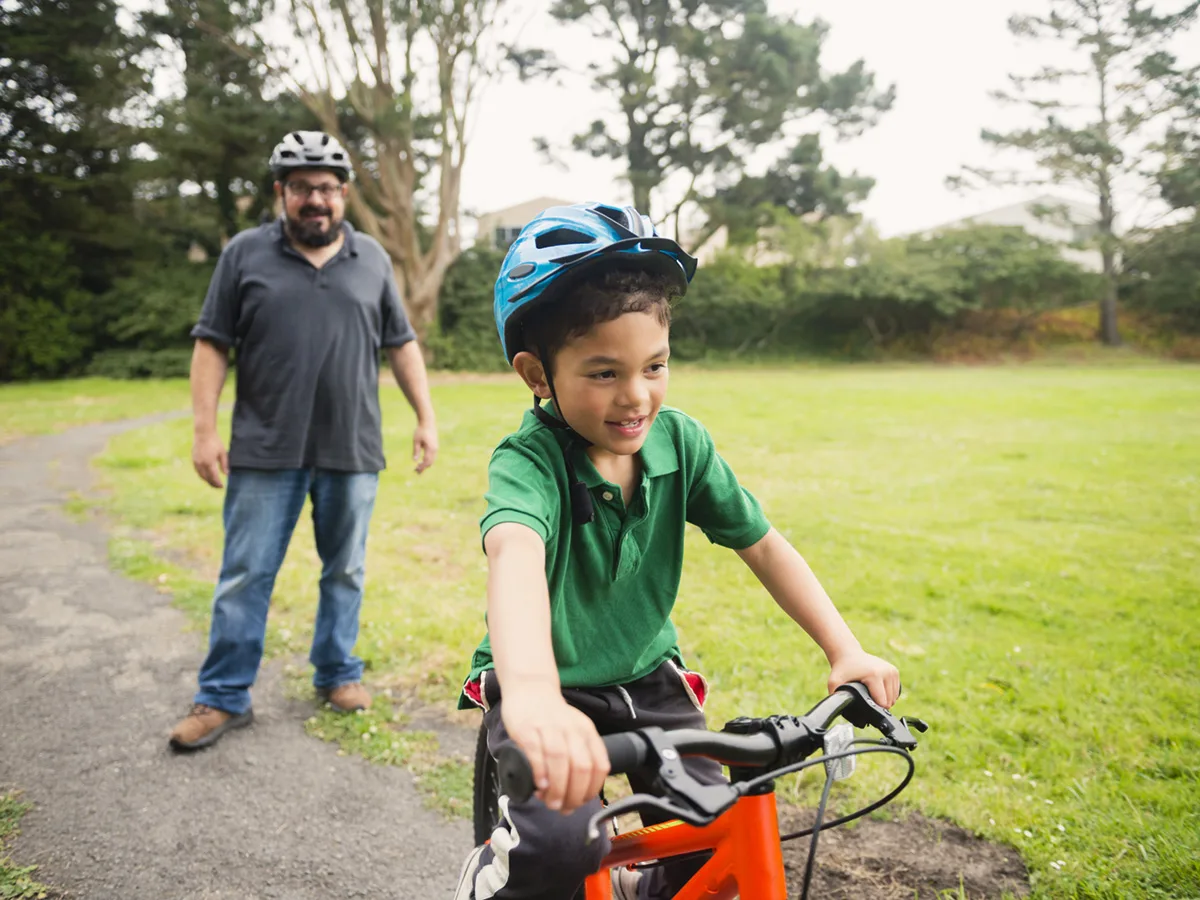How to build resilience in kids

By Gail Belsky
Expert reviewed by Amanda Morin

At a glance
Resilience helps kids cope with challenges.
It isn’t just about bouncing back.
Resilience can be taught.
Whenever kids face setbacks or go through difficult times, we hope that they’re resilient and can quickly “bounce back.” We worry about their grades, behavior, and mental health. And we wonder if their challenges will have a long-term impact.
The good news is that resilience can be taught — at home and in school. Here’s what you need to know about building resilience in kids.
What is resilience?
Resilience is a trait that lets kids come away from setbacks with something positive. It’s about coping with challenges.
But people often think about it the wrong way. They connect resilience to results — bouncing back or returning to normal. Or to simply getting through tough times.
Kids are resilient when they’ve learned from setbacks and can start to move forward. They don’t need to “triumph” or reach some goal. They also don’t need to be strong or upbeat.
Spotting signs of resilience can be tricky, especially if you’re focused on a specific measure, like better grades. Signs of resilience can include seeing kids setting new goals for themselves. Or asking for help with a problem.
How to help kids build resilience
Some kids are naturally more resilient than others. But resilience is a trait that can be taught at home and in school. Here are ways to help kids cope with challenges and build resilience:
Acknowledge their feelings. Dealing with difficulty or disappointment isn’t fun. Telling kids it’s not so bad or that they shouldn’t feel upset doesn’t make them stronger or help them cope. Instead, help kids recognize and talk about their feelings — even negative ones. Self-awareness is an important part of resilience.
Talk honestly about strengths. It can be hard to look past challenges when you’ve done poorly at something or are struggling. Help kids see and understand their strengths (without overdoing it). Point out how those strengths have helped in the past. It’s good to have this conversation regularly, not just during a setback.
Offer support, but don’t jump in. Kids who are resilient come back and try again. They look for solutions. Encourage that behavior by offering help — but not jumping in to fix things. Avoiding challenges doesn’t build resilience. Working through them does.
Talk about lessons learned. Kids who learn and think differently often need to practice finding lessons in situations. Talk through what was difficult, and how they tried to handle it. Help them see what they can use from that challenge to make the next one better.
Encourage them to ask for help. Kids need to know that struggling or failing isn’t a sign of weakness — and that asking for help is a strength. Ask what they need to get through a situation or to do better at something. Talk about who might be able to help, if it’s not you.
Build confidence that things can improve. Believing things can improve with work and that you’re not stuck where you are plays a big role in resilience. This way of thinking can be taught. Download activities to practice this skill.
Facing setbacks and challenges can be hard on kids’ self-esteem. Learn what to do when kids say negative things about themselves.
For parents and caregivers: Learn about strengths kids build when they take on challenges.
For educators: Learn how to give positive praise to students.
Key takeaways
Resilience is about learning from setbacks.
Understanding their own strengths helps kids build resilience.
Help kids work through challenges, rather than jumping in to fix them.
